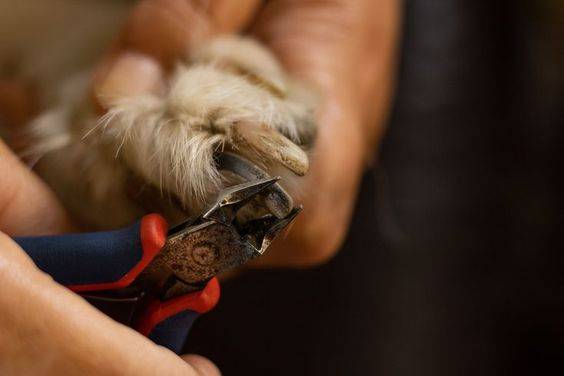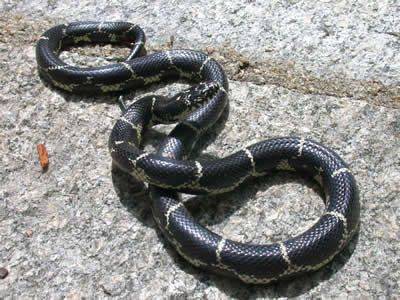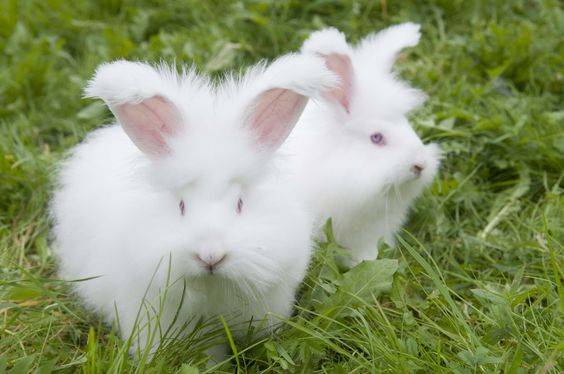King snakes are a fascinating group of nonvenomous snakes known for their vibrant patterns and beneficial role in controlling pest populations. As a pet owner or enthusiast, understanding their reproductive habits and lifecycle is crucial for ensuring their health and well-being. This detailed exploration of king snakes will cover their mating behaviors, egg-laying process, incubation, and the early life stages of hatchlings.
Introduction to King Snakes
King snakes belong to the genus *Lampropeltis*, a diverse group of snakes found throughout North and Central America. They are celebrated for their adaptability to various habitats, including forests, grasslands, and deserts. One of the most intriguing aspects of king snake there is reproductive strategy, which allows them to thrive in different environments and maintain healthy populations.
Mating Behaviors
King snakes reach sexual maturity at different ages depending on their species and environment, typically between two to four years old. Mating season usually occurs in the spring, following a period of brumation (a state of dormancy similar to hibernation) during the winter months. This period of dormancy is crucial as it synchronizes the reproductive cycles of both males and females, ensuring they are ready to mate once temperatures rise.
Courtship Rituals
During the mating season, male king snakes become more active and search for females. They use their keen sense of smell to detect pheromones released by females in estrus. When a male encounters a receptive female, a fascinating courtship ritual ensues. The male will align his body alongside the female’s and begin a series of gentle nudges and touches. This tactile stimulation encourages the female to lift her tail, allowing the male to insert one of his hemipenes (paired reproductive organs) into her cloaca for fertilization.
Multiple Mating
Interestingly, female king snakes are known to mate with multiple males during a single breeding season. This polyandrous behavior increases genetic diversity among offspring, enhancing their chances of survival. It also means that a single clutch of eggs can have multiple fathers, a phenomenon known as multiple paternity.
Egg-Laying Process
Once fertilization occurs, the female king snake undergoes a gestation period lasting approximately 30 to 60 days, depending on environmental conditions and the specific species. During this time, the female’s behavior changes noticeably. She becomes less active and seeks out warm, secure locations where she can lay her eggs.
Nest Selection
The selection of a suitable nesting site is critical for the successful incubation of the eggs. Female king snake refer to secluded, moist environments that provide stable temperatures. Common nesting sites include rotting logs, leaf litter, burrows, and even abandoned rodent nests. The chosen location must offer protection from predators and sufficient humidity to prevent the eggs from drying out.
Laying the Eggs
When the time comes to lay her eggs, the female king snake will coil her body around the chosen nesting site and lay a clutch of eggs, typically numbering between 6 to 24 eggs, depending on her size and health. The process of laying eggs can take several hours, during which the female deposits each egg individually.
Incubation Period
After laying the eggs, the female king snake leaves them to develop on their own. Unlike some reptiles, king snake do not exhibit any form of parental care post-oviposition. The incubation period is critical and can last between 45 to 70 days, depending on the temperature and humidity levels of the nesting site.
Optimal Conditions
The ideal temperature for incubating king snake eggs is between 80°F to 85°F (27°C to 29°C). Maintaining consistent temperature and humidity levels is crucial for the development of healthy embryos. Too high or too low temperatures can result in deformities or even the death of the embryos.
Developmental Stages
During incubation, the embryos go through several developmental stages. Initially, they rely on the yolk sac attached to their bodies for nourishment. As they grow, their organs and scales develop, preparing them for the outside world. By the end of the incubation period, the fully developed baby snakes, or hatchlings, are ready to break free from their eggs.
Hatching and Early Life Stages
The hatching process is a remarkable event. Hatchlings use a specialized tooth, known as an egg tooth, to slit the eggshell. This tooth is temporary and falls off soon after hatching. The process of emerging from the egg can take several hours to a couple of days.
First Moments
Once free from the eggshell, the hatchlings are entirely independent. They do not receive any care from the mother and must fend for themselves from the moment they hatch. Instinctively, they will seek out hiding spots to avoid predators and begin exploring their surroundings.
First Shed
Within the first week of life, king snake hatchlings undergo their first shed. Shedding, or ecdysis, is a process where the snake sheds its old skin to allow for growth. This initial shed is crucial as it also helps remove the egg tooth and any remaining pieces of the eggshell.
Feeding and Growth
After their first shed, hatchlings are ready to hunt for their first meal. In the wild, their diet consists of small insects, lizards, and baby rodents. In captivity, feeding appropriately sized pinkie mice (newborn mice) is recommended. Regular feeding is essential for their growth and development.
Habitat Protection
Protecting the natural habitats of king snakes is crucial for their survival. Efforts to preserve forests, grasslands, and wetlands directly benefit king snake populations by providing them with the necessary resources for breeding, hunting, and shelter.
Education and Awareness
Raising awareness about the importance of king snake in ecosystems can help reduce fear and misconceptions. Educating the public about their role in controlling pest populations and their nonvenomous nature can foster coexistence and support conservation efforts.
Responsible Pet Ownership
For those who keep king snakes as pets, responsible ownership is vital. This includes providing appropriate enclosures, proper diet, regular health check-ups, and not releasing captive snakes into the wild. Captive breeding programs also play a role in reducing the demand for wild-caught specimens.
Inference
Understanding the reproductive habits and life cycle of king snakes offers a glimpse into the fascinating world of these resilient reptiles. From their intricate courtship rituals to the independence of hatchlings, each stage of their lifecycle is a testament to their adaptability and survival skills. Whether you are a pet owner, herpetologist, or simply a reptile enthusiast, appreciating the complexities of king snake reproduction enhances your connection to these remarkable creatures and underscores the importance of their conservation. By ensuring their well-being both in captivity and in the wild, we contribute to the preservation of biodiversity and the health of our ecosystems.
King snakes, with their captivating behaviors and vital ecological roles, deserve our respect and protection. As we continue to learn more about their reproductive strategies and lifecycles, we can better support their survival and celebrate their presence in our natural world and homes.







